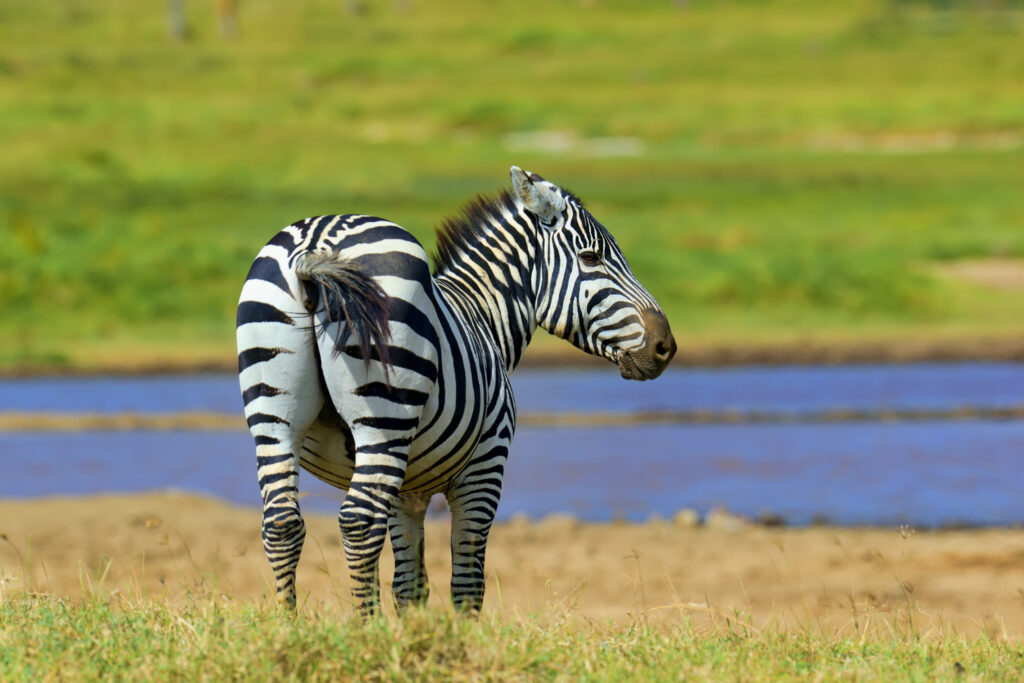The Fascinating World of Zebras
Zebras are some of the most recognizable and intriguing animals in the animal kingdom. Known for their distinctive black and white stripes, these equine creatures are not only visually striking but also possess a rich biological and cultural significance.
Physical Characteristics
Zebras belong to the horse family, Equidae, and are native to Africa. There are three main species of zebras: the Plains Zebra, the Grevy’s Zebra, and the Mountain Zebra. Each species has its own unique pattern of stripes, which can vary in thickness and arrangement. Contrary to popular belief, these stripes are not merely for decoration; they serve several important purposes.
The primary theory regarding the function of stripes is camouflage. In the wild, the patterns can confuse predators and make it difficult for them to single out an individual zebra, particularly in a herd. Additionally, recent studies suggest that the stripes may help deter biting insects, such as tsetse flies, which are less attracted to striped surfaces.
Social Behavior
Zebras are social animals and typically live in groups known as harems, which consist of a single stallion, several mares, and their offspring. These groups provide protection against predators and foster strong social bonds. Zebras communicate with each other through a variety of vocalizations, body language, and facial expressions.
Interestingly, zebras also engage in behaviors that display their intelligence and adaptability. For instance, they are known to use teamwork when grazing, taking turns to keep watch for predators. This cooperative behavior enhances their chances of survival in the wild.
Habitat and Diet
Zebras inhabit a range of environments, from grasslands and savannas to mountainous regions. They are primarily herbivores, grazing on grasses, leaves, and bark. Their digestive systems are well-adapted to process tough plant materials, allowing them to thrive in areas where food may be scarce.
In times of drought or food shortages, zebras are known to migrate in search of greener pastures, often traveling great distances. This migratory behavior not only helps them find food but also plays a crucial role in the ecosystems they inhabit, as their grazing patterns can influence plant growth and habitat structure.
Conservation Status
Despite their iconic status, zebras face several threats in the wild. Habitat loss due to agriculture, human encroachment, and climate change are significant challenges. The Grevy’s Zebra, in particular, is classified as endangered, with only a few thousand individuals remaining in the wild. Conservation efforts are underway to protect these magnificent creatures, focusing on habitat preservation and anti-poaching measures.
Cultural Significance
Zebras have also captured human imagination and are often featured in art, literature, and folklore. Their striking appearance and unique social behaviors have made them symbols of diversity and unity in various cultures. In many African communities, zebras represent the balance of nature and the importance of community living.
Conclusion
Zebras are more than just visually captivating animals; they are essential components of their ecosystems and carry significant cultural importance. Understanding their behavior, habitat, and the challenges they face is crucial for their conservation. As we continue to learn about these remarkable creatures, we are reminded of the delicate balance of life in the wild and our role in preserving it for future generationsv


